Written by Jennifer Walden, images courtesy of Warner Bros
During WWII, along the shore of Dunkirk in northern France, 300,000 British troops were stranded as they made a retreat back across the English Channel. Lined up on the beach, they were sitting ducks for German bombers. The larger British ships were unable to reach the men on the shore, so Britain called upon small civilian boats to cross the Channel and help ferry the stranded men back to safety. Even knowing their own lives will be at great risk, brave British citizens answered the call.
Director Christopher Nolan’s dramatic war film Dunkirk, in theaters now, follows their retreat from three perspectives: the beached troops, Britain’s Royal Air Force, and that of a civilian boat captain. They struggle against the advancing Germans, but they also fight against time and tide. The clock is ticking for these troops, and that ticking clock — a main component of Hans Zimmer’s score, is a prevalent aspect of the sound track. While the score grapples with the emotional tension of the film, Oscar-winning supervising sound editor Richard King, at Warner Bros. Sound in Burbank, CA was grappling with the sound of the characters’ experiences. His goal was to build a rich, dense, and immersive sound track that encompassed the raw environments and perilous situations that the characters were in. Here, he shares his experience of creating the visceral sound for the world on-screen.

Dunkirk is such a great story and the visuals are amazing. Of course, it’s no surprise that you and your team did an incredible job on the sound…
Richard King (RK): Thank you. I’m really proud of the film. We were all staggered when we first saw the footage. It was pretty inspiring and our job was to have our work live up to those images.
How did you get involved with Dunkirk?
RK: I’ve worked with director Christopher Nolan on his past six movies. He shared some of his thoughts and we talked a bit about it after I had read the script. Then he and the crew went off to Europe to shoot. I worked a bit on my own designing sound effects, and then officially worked on the film for about eight months.
What was director Nolan’s vision for the sound track? How was he planning to use sound to help tell this story?
RK: First, the goal was to make it exciting, to make it visceral and immediate for the audience. We wanted to put the audience on the beach, on the small boats in the Channel, and inside the Spitfires. We wanted the experience to sound like it would for the men on the beach, and for the people who were involved.
We tried to make all of those locations and situations as fresh and immediate as possible, to rethink all of the sound situations and deliver a fresh approach to war films in general. We didn’t want to follow the usual tropes that have been used in the past.
[tweet_box]Behind the spectacular sound of Dunkirk – with Richard King[/tweet_box]I was inspired by several books, especially Joshua Levine’s ‘Voices of Dunkirk’, which presents a kaleidoscopic view of the events through firsthand accounts. They often had fresh, interesting descriptions of the way certain things sounded and clearly these sounds made an impact on them. There were descriptions of bombs going off, of ships sinking, and of the Stuka sirens on the German dive bombers.
Using these firsthand accounts was my way into creating unique perspectives on situations that we all think we’re familiar with but mostly through other war films.
These descriptions were inspiring because not only were they real, but they provided fresh insight and perspectives on the sound. They talked about sound in unexpected ways sometimes. We wanted to create a sound track that was historically accurate, while at the same time making an awesome, exciting movie. Using these firsthand accounts was my way into creating unique perspectives on situations that we all think we’re familiar with but mostly through other war films.
We didn’t want to use other war films as inspiration. We wanted to use the real event as much as possible for inspiration.
The sound illusion that makes Dunkirk so intense
On the beach, when the German bombers first attack, there is a spectacular screaming quality to the planes as they dive. What went into that sound?
RK: That sound was specific to the Stuka dive bombers, which had sirens attached to the wheel struts. They were air driven sirens that had small propellers and when the planes dove (which they did almost vertically) the pilot released a brake on these devices and the propellers on the sirens would start to spin. It created a sound that many of the soldiers described as being particularly horrifying. It was a psychological weapon that the Germans put on the planes to freak people out and it worked apparently.
The first thing I like to do is record the real thing, to record the real sound, because often that is the best solution. But there are no Stukas left in the world. There aren’t even plans or drawings showing how the sirens were built. All of that was destroyed by the Allies to inhibit potential German war-making plans in the future.
There are historical recordings of Stukas that date before the war and that sound has been recycled over the generations for movies and TV shows. It’s often used as the classic dive bomber sound, or plane crashing sound, or for an anvil dropping on Wile E. Coyote’s head. Even though that recording is pre-war, probably recorded by German newsreel crews for propaganda purposes, it’s out there in the culture and most everyone has heard that sound.
I wanted our sound to have the same intensity and the same horrific, apocalyptic quality that the Stuka siren seemed to have had.
I wanted to give a nod to that original sound, but I wanted to make a high fidelity version of it. I wanted our sound to have the same intensity and the same horrific, apocalyptic quality that the Stuka siren seemed to have had. It was a long journey figuring out how to make that sound. Eventually, I built an electric-driven siren inside of a 30-gallon steel drum and clamped resonators to it. We took it out into the desert and recorded it. The recordings have the siren sound ricocheting around the hills and that adds another quality to the sound.
Popular on A Sound Effect right now - article continues below:
-
29 %OFF
-
30 %OFF
We brought the recordings back to the studio and made it fit the planes on-screen along with other sounds to make it even more intense. The sounds we added were like distortion, as if the sound is so loud that it is just ripping through the air. It’s natural distortion — not like something overloading. These were quite large, two-seater planes and they had large dive brakes on the wings that open up while the plane is diving. Those probably added to the screaming sound as the planes dove as well.
We wanted to use a version of what sounded like the original sound for the dive bomber approach, and then as it gets closer, the sound becomes more and more intense. It builds up to the point where you can’t believe that it can get any more intense and then it gets even more intense!
The period descriptions describe the Stuka siren as being so loud that it drowns out the sound of the plane’s engine as it dives. Our version needed to be almost musical but still ‘death-from-above’ sounding, like some screeching, horrible pterodactyl that is descending on them. There was no defense against it. There were minimal anti-aircraft guns on the beach. The soldiers and the ships were almost defenseless against it.
Videos by Eric Potter, showing the actual recording experiments to create the Stuka Siren sound for Dunkirk
‘In this two part episode, the artists show how the carefully engineered track builds and maintains tension for the entire running time of the movie, with music playing almost continuously from the opening shot of soldiers walking down the street to the moment Finn falls asleep on the train. They talk about how the mixing time works: they make a complete pass through the film and screen it every week during the final mix; and finally, why director Christopher Nolan feels you don’t necessarily need to understand every word of dialog in his films. Oscar nominees: Alex Gibson, Gregg Landaker, Richard King, Gary Rizzo, Mark Weingarten’
There were great moments of water sounds, like the gigantic waves that lash the ship during the medic rescue. Then during the torpedo strike the water is rushing into the ship. The grounded trawler on the beach had water rushing in with increasing intensity. Also, there are underwater moments, including underwater screams. Can you talk about your water work on the film?
RK: We recorded a lot of underwater screams and fire hoses for the high-intensity water sounds. We also recorded garden hoses for the water streaming into the trawler, as the soldiers are trying to plug the holes with their fingers. We recorded sounds of sloshing water. We recorded giant waves for when they are below deck and get struck by the torpedo and water rushes in.
We spent a lot of time recording boats, the wake of boats, and the movement of boats through water along with boat engines. We scoured Europe for boats because we wanted older diesel boats that they would have used in Europe in the 1930s. Most of the pre-war boats in the States had gas engines and we wanted to have those small diesel motors instead. I have friends in Europe who looked all over for older boats that people have properly maintained. We recorded boats in Sweden, England, and Finland.

I didn’t go to Europe to record because at that point we were already starting to work on the movie and I needed to be here. The planes were also recorded in Europe. We recorded three different Spitfires and a British Blenheim bomber in England and in Sweden they recorded the German ME-109 fighter.
Another big recording session that the recordists did overseas was recording a loop group inside a de-commissioned English warship, which is part of the Imperial War Museum now. The loop group in England did voices for the guys on the ship before it gets torpedoed. They recorded the loop group yelling to capture that nice reverberant, metallic sound of that ship environment.
We wanted to use a British loop group because this is a story that is very important to the British and is still familiar to the people of Britain.
We wanted to use a British loop group because this is a story that is very important to the British and is still familiar to the people of Britain. This is a proud moment in their history. It’s an incredible testament to their spirit. It seemed like a hopeless situation and yet they didn’t give up. They wanted to get 40,000 soldiers off of the beach and they ended up saving multiples of that. It’s a real testament to British nerve and spirit and determination. It’s a testament to their wit and cleverness, how they figured out how to pull these boats out of nowhere and extract these troops.
Christopher Nolan, on the making of Dunkirk
During a scene on the beach, several troops are holed up in a grounded trawler waiting for the tide to lift it up. German soldiers begin to use the boat for target practice. The bullet impacts there made me jump out of my seat. Can you talk about your work on that scene?
RK: We shot pieces of metal to simulate the boat’s hull and used a silencer/suppressor on the weapon to diminish the gun firing sound. We really just wanted to hear the impact of the bullets.
That was the goal, to make those bullet impacts as startling as possible. One reason that they are so effective is where they occur in the scene. Chris [Nolan] designed the scene so that you really weren’t expecting the bullet impacts. Even after I had seen the movie a hundred times, I’d still jump when that happens. The timing of them is perfect. They happen in pregnant pauses. They’re meant to do to the audience what they did to the guys in the boat, just scare the hell out of everyone.
Then we have the water trickling in. That was the garden hose recordings. The water starts to spray in with more intensity and for that we had recorded some hoses here on the Warner Bros. lot. The water goes from a trickle to a spray as the boat settles deeper into the water. That was a cacophony of trickles that got bigger and bigger as the boat filled up with water. The sound was always there in the background to reinforce the jeopardy that they were in, as the boat was filling up with water. Everything was about racing time in the film and we wanted to accentuate that in whatever way we could with sound.

What are you most proud of in terms of sound on Dunkirk?
We wanted them to feel like this wasn’t necessarily a historical film, but that it could be something that is happening right now.
RK: I’m proud of the film in its entirety. It’s an amazing movie and I think that we really did our best to rethink every single situation and not ever refer to past war films or what we imagine something would sound like. We really tried to create something startling for each moment because the movie is so economical — it’s cut fast, the scenes are short, we are with individual stories for just a short moment before we go to another story, and so each shot had to have sound that immediately put the audience in that moment. We wanted to have something unique for each, to make you feel as though you are in that place for the very first time and that you have never been there before, or been in that situation before. That is what we wanted the audience to feel. We wanted them to feel like this wasn’t necessarily a historical film, but that it could be something that is happening right now. We didn’t want to make it seem like an old-fashioned story. It needed to feel immediate and I feel like we accomplished that.
A big thanks to Richard King for giving us a behind-the-scenes look at the sound of Dunkirk – and to Jennifer Walden for the interview!
Please share this:
-
28 %OFF
-
29 %OFF
-
30 %OFF








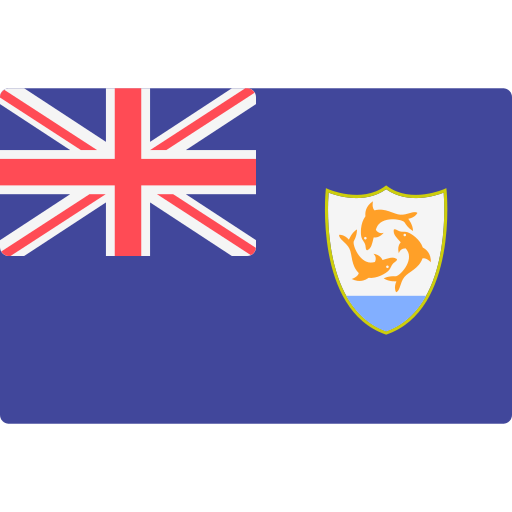





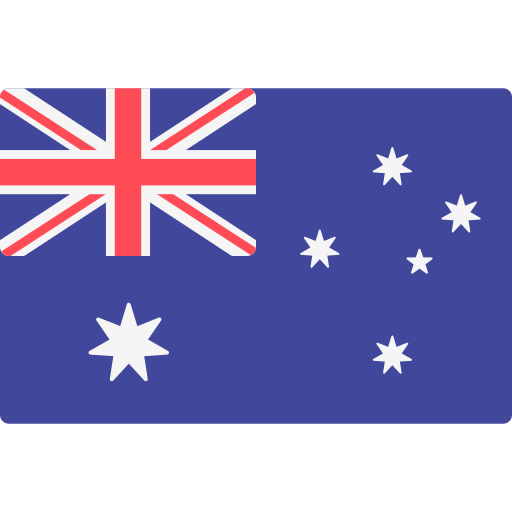


















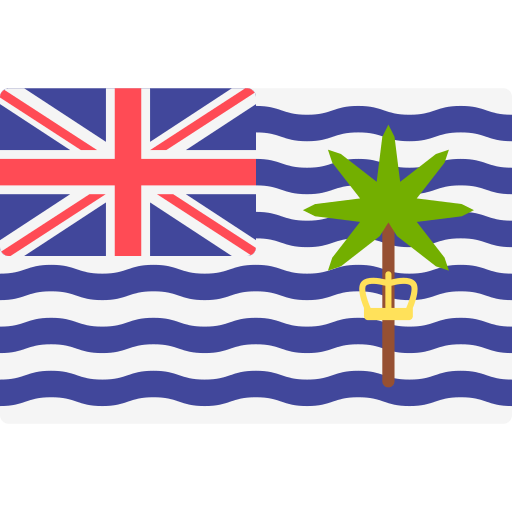








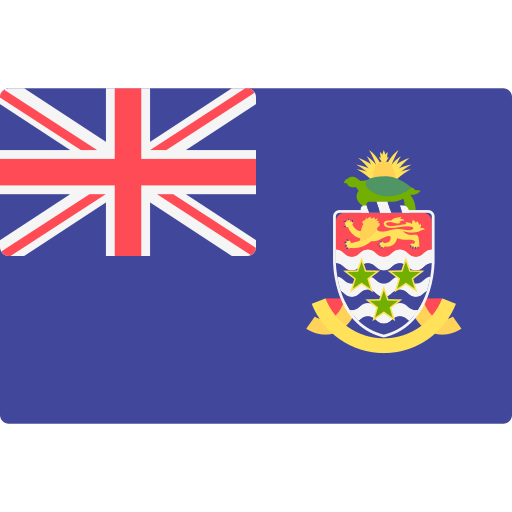







































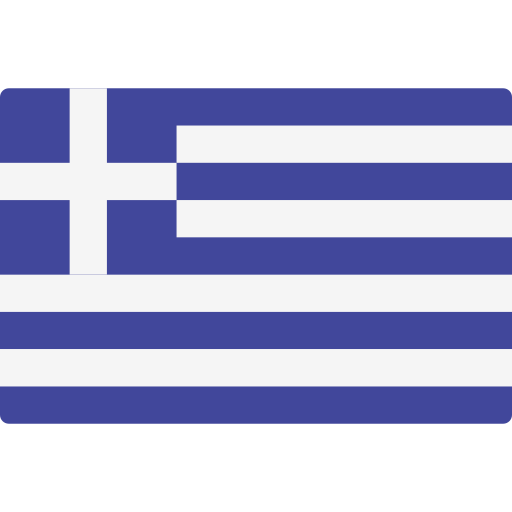

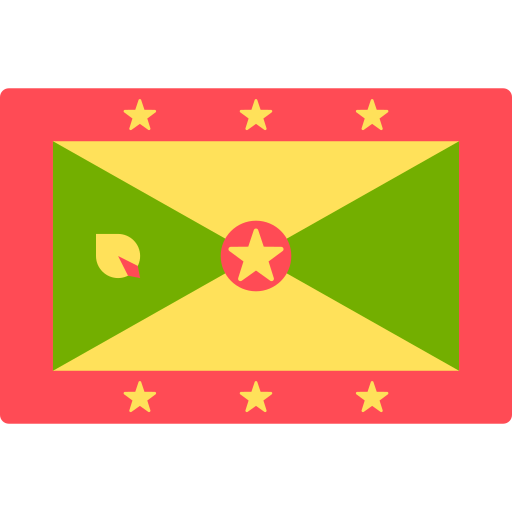












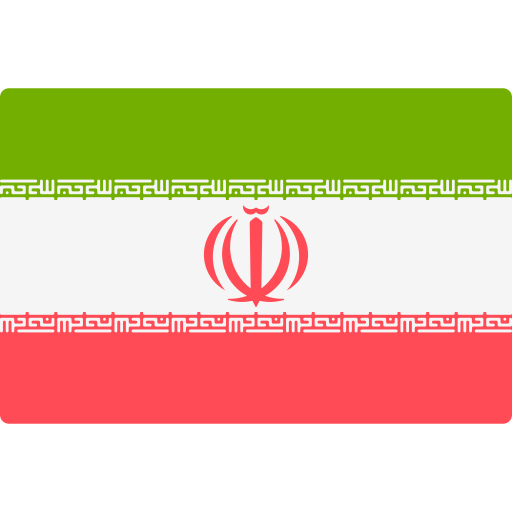


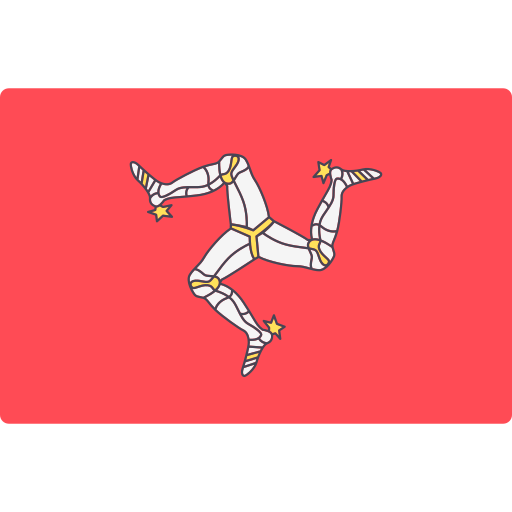



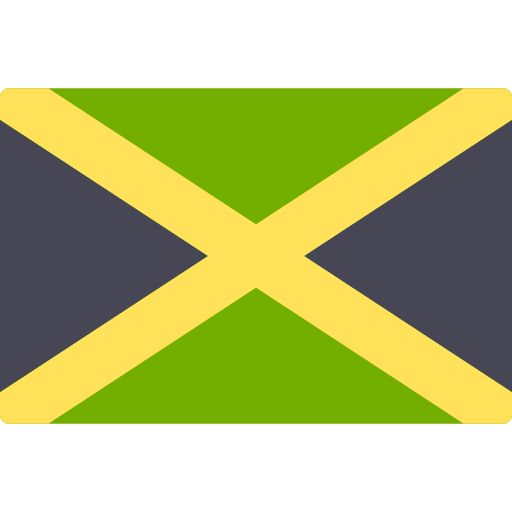


































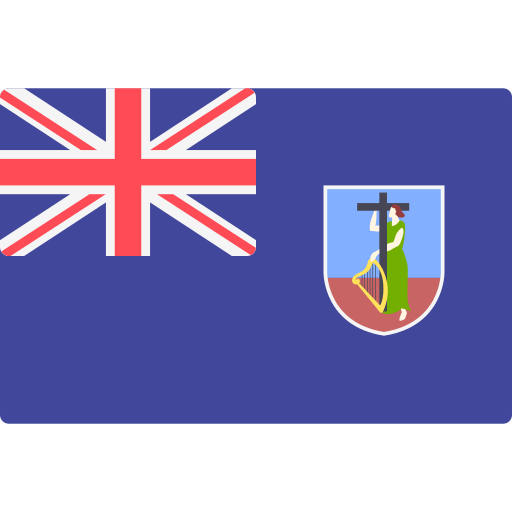

























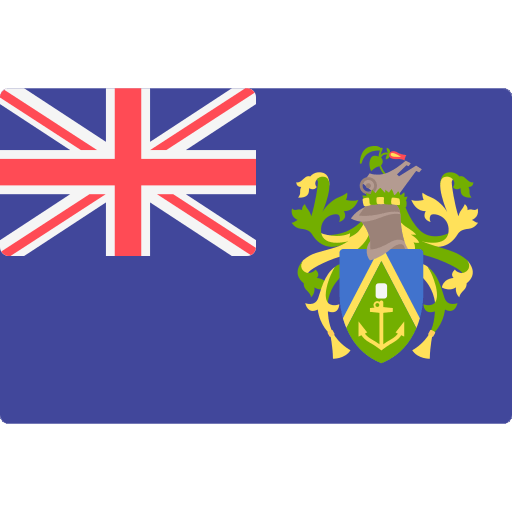






































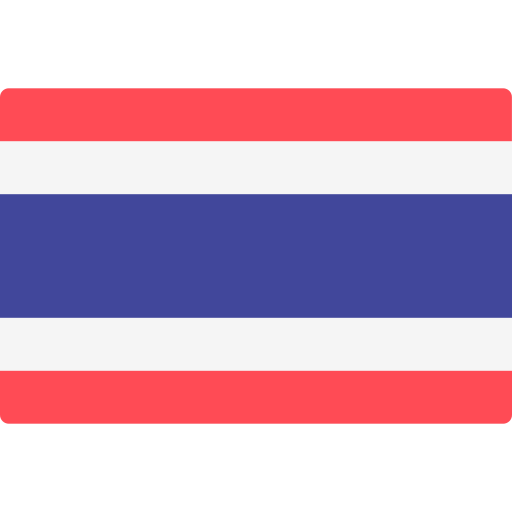













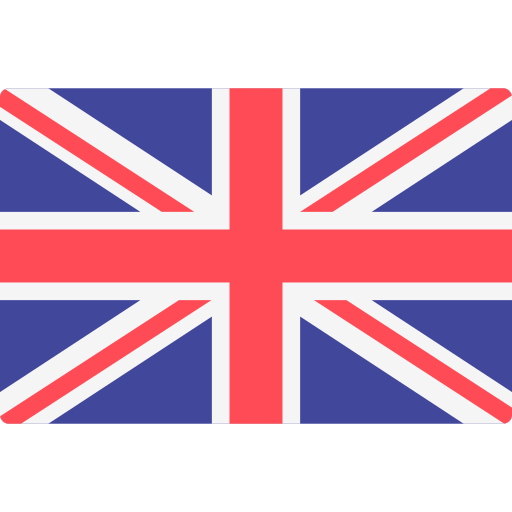




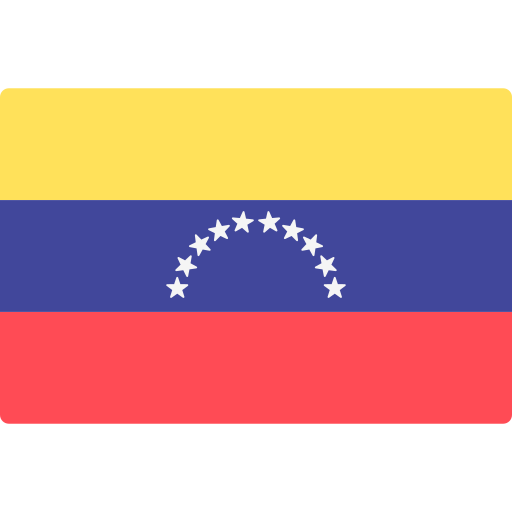





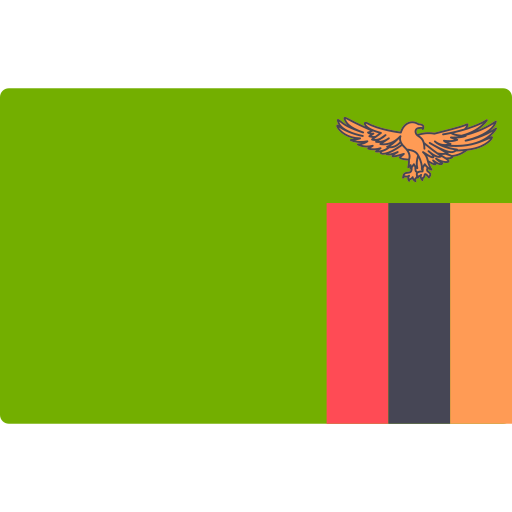
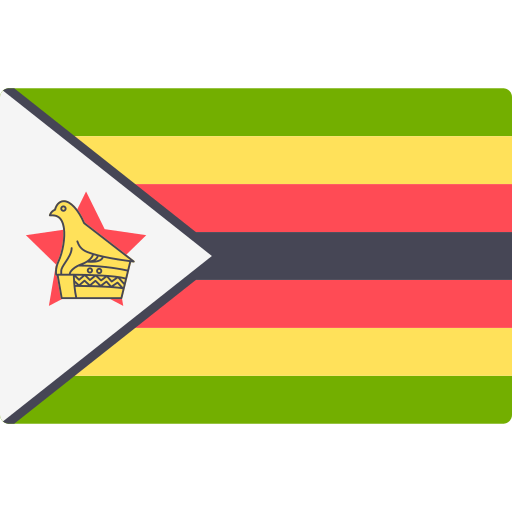

 Ultrasonic Dry Ice
Ultrasonic Dry Ice
![Dunkirk - Trailer 1 [HD]](https://i.ytimg.com/vi/F-eMt3SrfFU/hqdefault.jpg)













Richard was the sound effects supervisor on one of my early films, called down twisted. even then you knew richard was immensely talented. sadly it was the only time i worked with richard.
albert pyun
The film was amazing. But… In the IMAx theater in NYC the sound was so loud you couldn’t hear what the people were saying at times. Could have used sub titles or just turned it down. Many people complained but the theater didn’t seem to care. I heard this was the case in other theaters as well.
I wanted to see Dunkirk, for Nolan is a fine director. Then I read this article and that was that-just saw it, or rather, heard it. Incredible, awe inspiring, terrifying – sound design on the highest level. I am working for the next few days, day and night, but my next day off next week and I will be listening again. And I’ll buy it on DVD when it is released for this is one to treasure and to learn from, masterly.
Bernard Clarke
How do you think Richard was adding “natural distortion” to the dive bomber siren?